’70s Parents Reveal Childhood Stories Today’s Kids Find Unreal
Childhood in the 1970s and ’80s didn’t come with screen time limits or digital assistants. It was a rougher, freer era that hinged on resourcefulness, patience, and often, pure luck. Parents were hands-off, safety rules were optional, and the line between independence and chaos was thin.
When today’s kids hear these stories, they don’t just blink—they ask if it’s a joke. It wasn’t.
Classroom Smoking Wasn’t Shocking
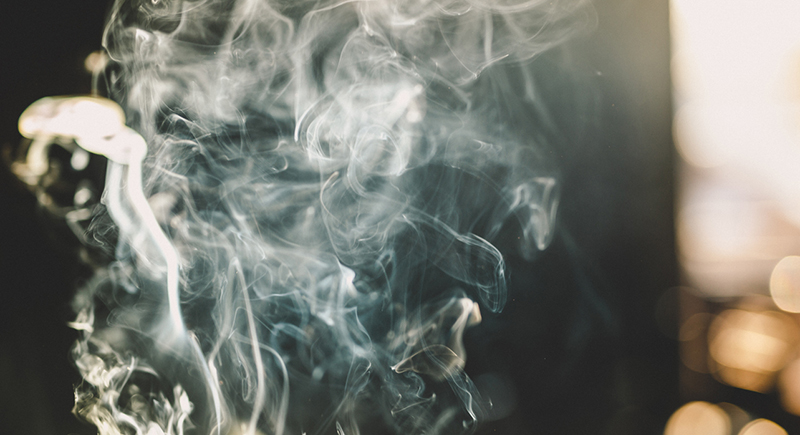
Credit: iStockphoto
A teacher lighting a cigarette during class wouldn’t raise eyebrows back then. Smoking indoors was legal in nearly every setting, including classrooms, hospitals, and airplanes. Kids saw it as routine. One dad recalled his school’s designated smoking section for students. The normalization is nearly impossible for modern children to comprehend.
Calling Collect to Avoid Payphone Charges
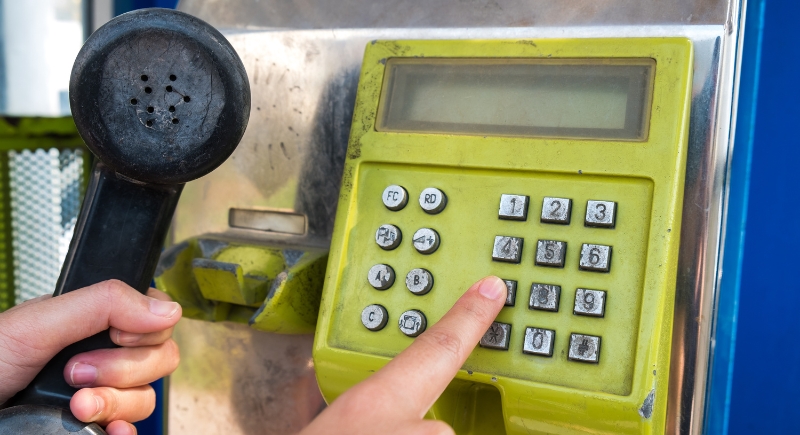
Credit: Getty Images
Since there were no cell phones, if a kid needed a ride home, they’d use a payphone and call collect, mumbling their entire message (“Pickmeupatsix!”). Then they’d hang up fast, hoping their parents caught the message and skipped the charges.
You Couldn’t Google Your Homework
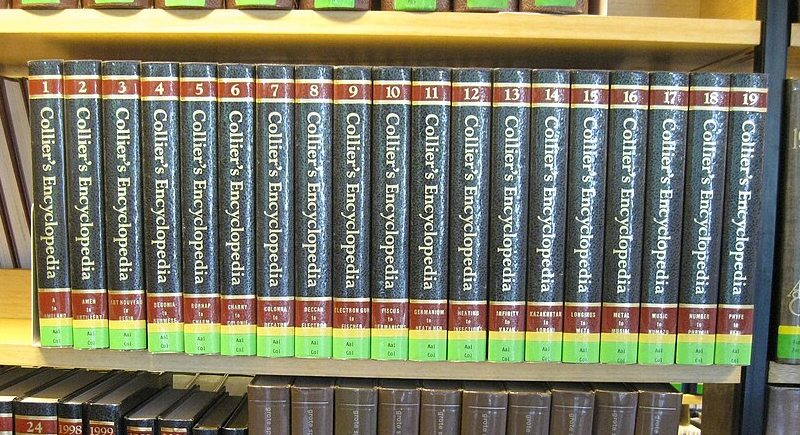
Credit: Wikimedia Commons
If you needed to look something up for a school project, your only hope was the encyclopedia set at home or a trip to the library. Finding a single fact could take hours. There was no search engine, just the Dewey Decimal System and a high tolerance for frustration.
Car Seat Safety Was Barely a Thing
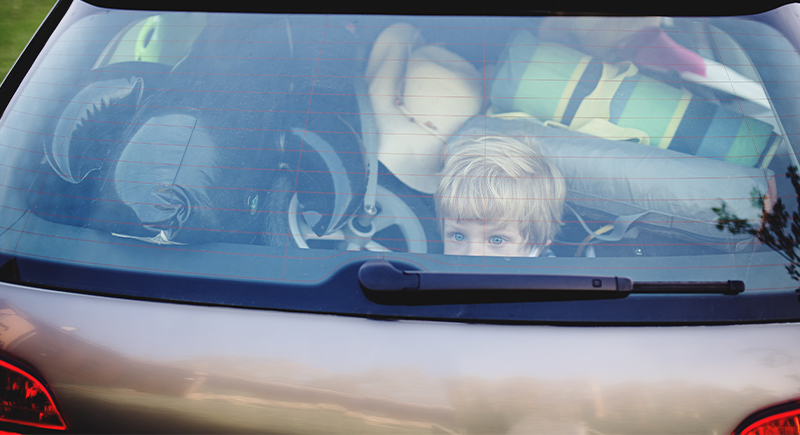
Credit: iStockphoto
One popular vacation memory involved kids sleeping stretched across the back dashboard or curled on the floor of the car. Seatbelts were optional. Child car seats looked more like booster swings and simply hooked over the front seat. Safety standards were loose, if acknowledged at all.
School Parking Lots Had Visible Gun Racks
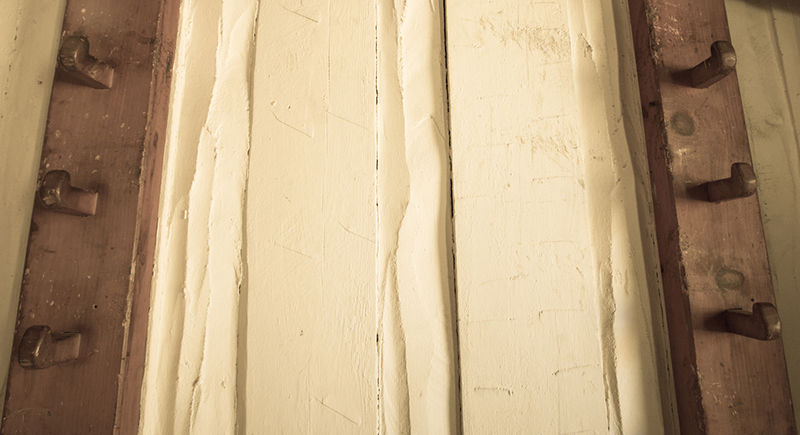
Credit: iStockphoto
It wasn’t unusual to see a rifle displayed behind the seat of a truck parked in the high school lot. These were hunting weapons, not considered alarming. No one thought to report them, and there were no lockdown drills. The assumption was that it was just “Bob’s hunting gear.”
No Music on Demand—Just Hope and a Phone Call
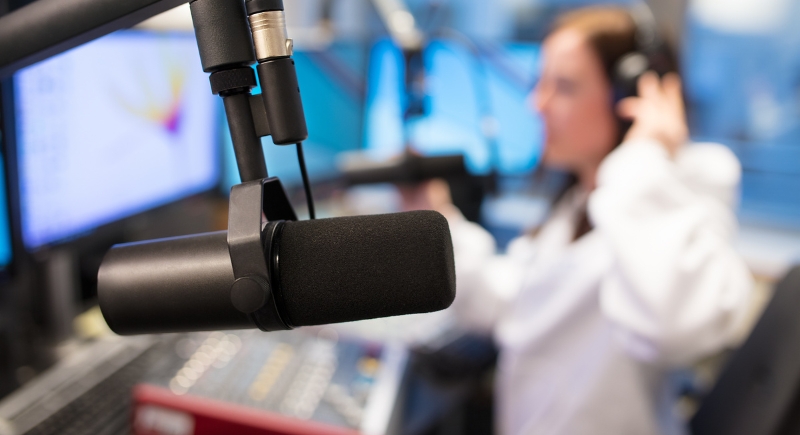
Credit: Canva
There was no streaming, just hope. Kids would call their local radio station, request a song, then sit by the stereo for hours with a cassette in the deck. When the DJ finally played it, they’d lunge to press record. You rarely caught the intro, but you’d play that tape for weeks.
School Vending Machines Sold Soda
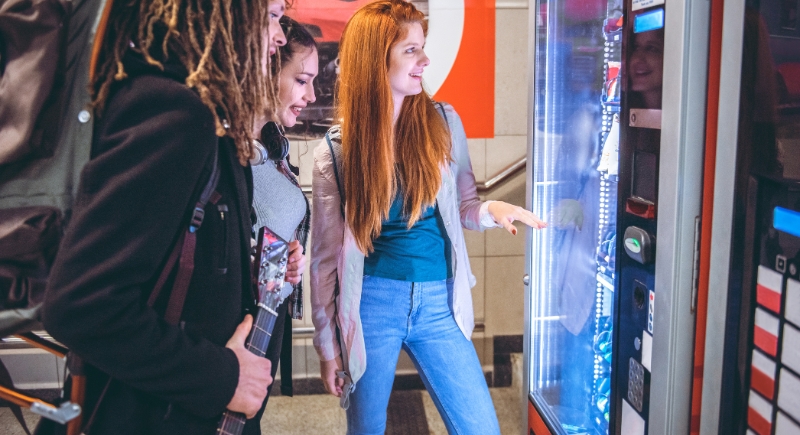
Credit: Getty Images
Lunch could mean a warm slice of pizza and a can of Dr Pepper, courtesy of the vending machine down the hall. No one batted an eye at students chugging full-sugar soda before gym. Nutrition labels existed, but no one under 30 read them.
Death Was Part of Driver’s Ed
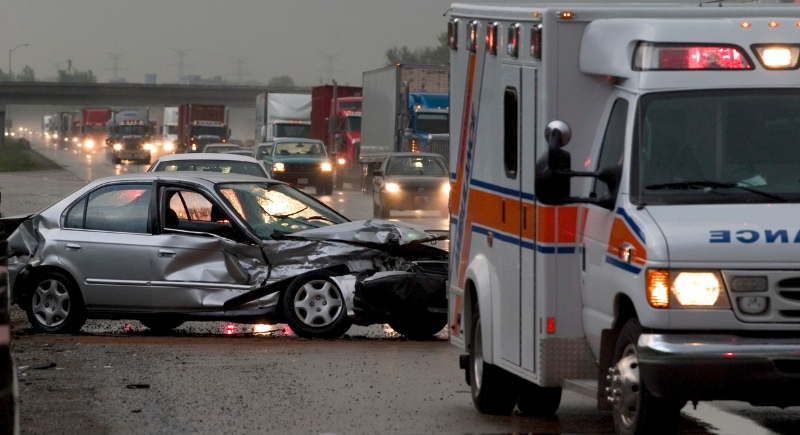
Credit: Getty Images
Forget gentle reminders—teens were shown real crash footage in health class. Films like Red Asphalt or Blood on the Highway featured graphic scenes of wreckage and injuries. The goal was deterrence, but the trauma often outlasted the driving lessons. Parents didn’t complain either. It was considered “part of the process.”
Mail Was How You Kept in Touch With Pen Pals

Credit: Canva
Kids had international pen pals they wrote to for years, sometimes decades. One woman remembered mailing birthday cards and stickers for over ten years before finally flying across the globe to meet her friend. Now they keep in touch online, but she still has the shoebox full of letters.
Maps, Not Apps, Got You Where You Needed to Go
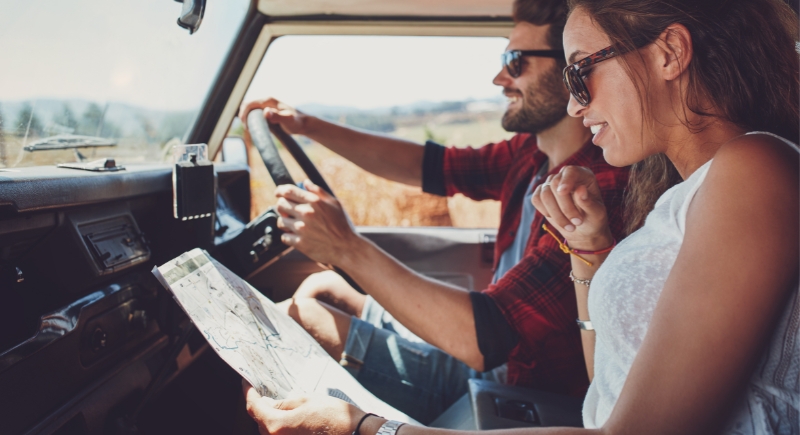
Credit: Canva
Family road trips often included a bulky spiral-bound Thomas Guide or a stash of folded state maps in the glovebox. Parents taught kids how to read coordinates and find routes. If you missed a turn, you circled back or asked for directions. Nobody recalculated anything.
Albums Had to Be Bought—Or Borrowed
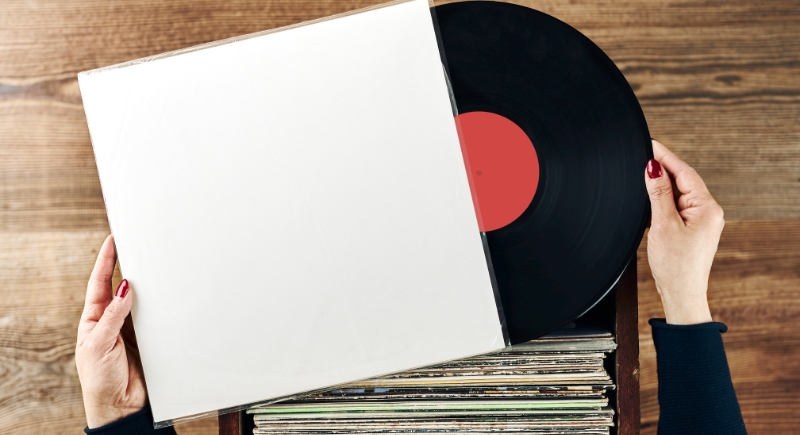
Credit: Canva
To hear an entire album, you either bought it or knew someone who did. Music meant owning a physical record, or taping a borrowed one. Friends passed around vinyls like shared property. Getting your hands on a Zeppelin record felt like scoring an exclusive pass to a concert you didn’t attend.
Playgrounds Were Basically Injury Traps
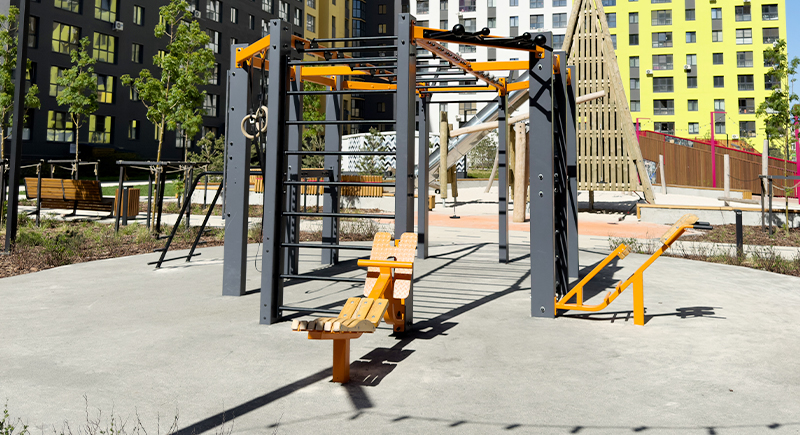
Credit: iStockphoto
Monkey bars on concrete, metal slides that scalded skin in the summer, and spinning wheels that launched kids at full speed were in full swing—quite literally. Playgrounds were thrill rides with minimal supervision. Kids got bruised and scraped regularly, but it was considered normal fun, not a lawsuit waiting to happen.
Ashtrays as Mother’s Day Gifts
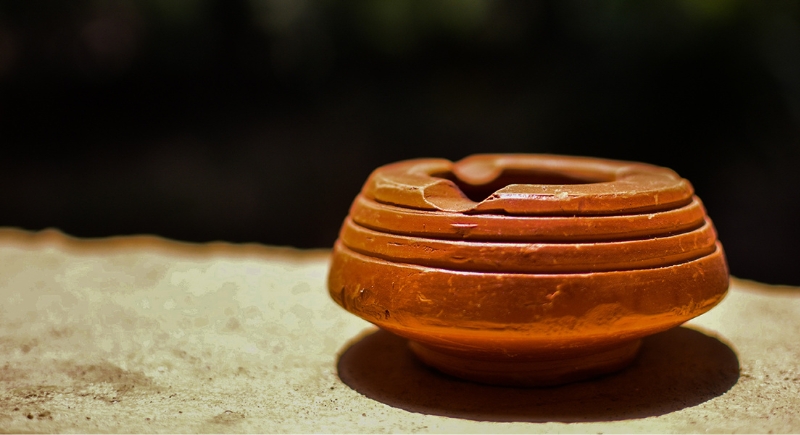
Credit: pixabay
Elementary Art class sometimes meant shaping clay into an ashtray as a heartfelt school project. Whether mom smoked or not, it didn’t matter. It was a standard craft. Today, a gift like that would prompt a school-wide email and likely a parent-teacher meeting.
Lunch Was a Grab Bag of Processed Freedom

Credit: pexels
A typical lunch might include a can of soda, a bag of chips, and maybe a bologna sandwich. Parents didn’t fuss over nutrition labels or allergens. Most kids packed their own or swapped snacks with friends, and no one had a “nut-free” table in sight.
Kids Watched Themselves After School—Literally
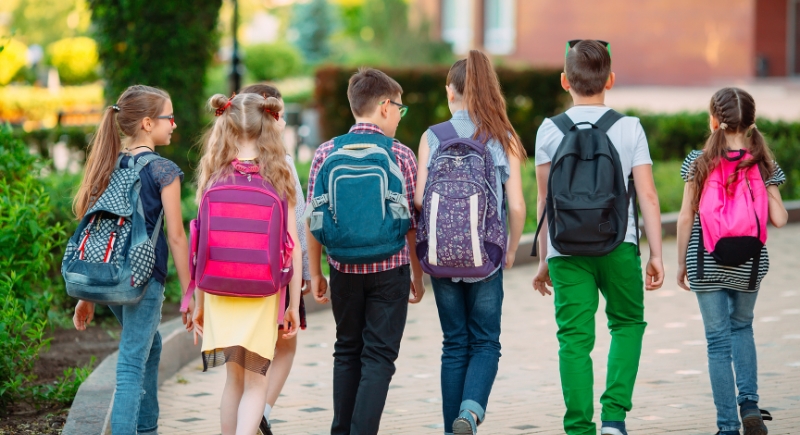
Credit: Getty Images
Latchkey kids walked home, let themselves in, made their own snacks, and watched TV until dinner. They didn’t send updates. Some had a written note on the fridge with rules for the afternoon. Parents expected them to manage, and they usually did—with microwave burritos and reruns for company.